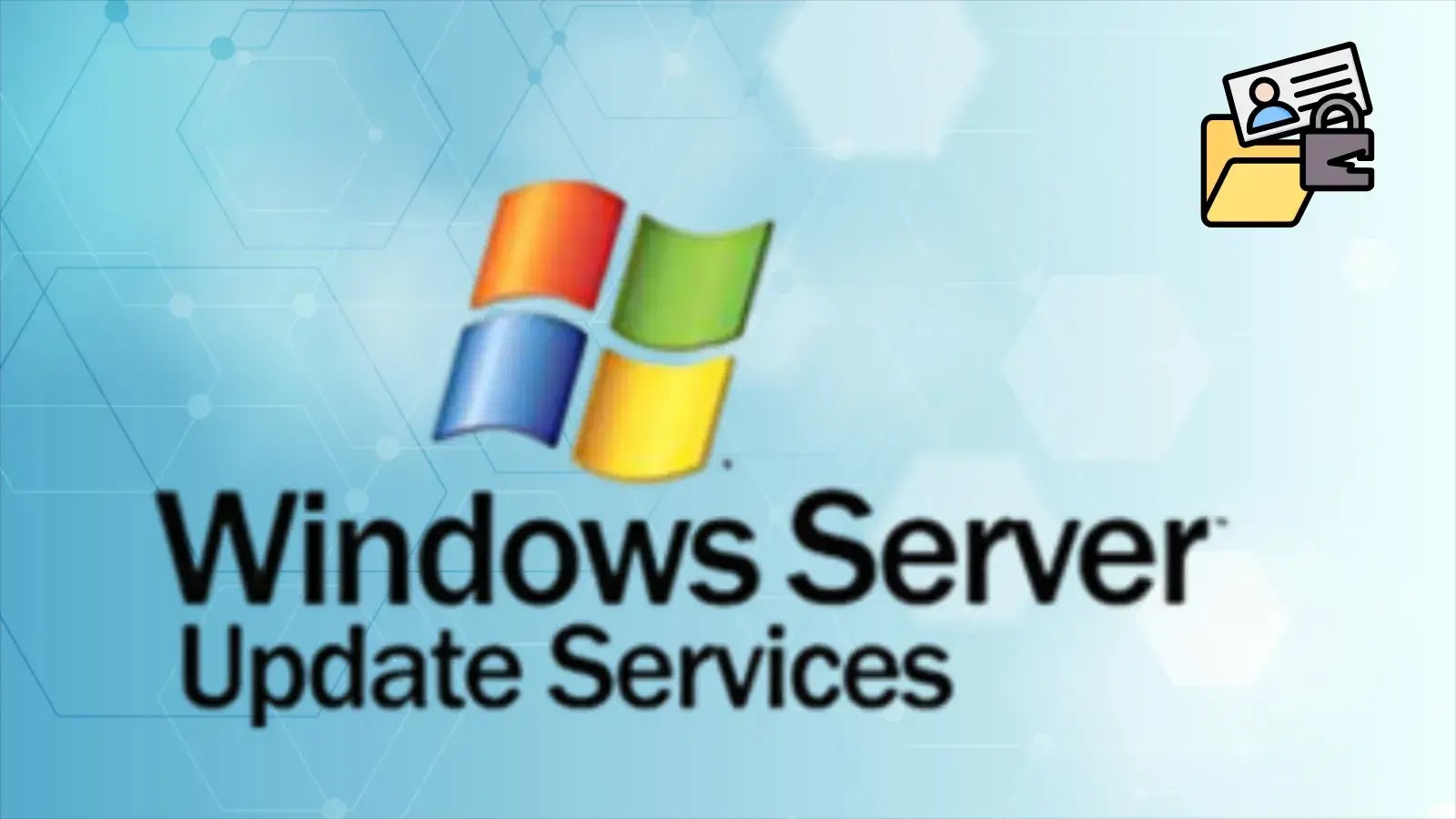
Hackers Exploiting Windows Server Update Services Flaw to Steal Sensitive Data from Organizations
A Critical Alert: WSUS Vulnerability Actively Exploited by Data Thieves
Organizations worldwide face a heightened risk as malicious actors are now actively exploiting a critical vulnerability in Windows Server Update Services (WSUS). This isn’t a theoretical threat; it’s a present danger leading to sensitive data theft across various industries. The rapid weaponization of this flaw following the public release of proof-of-concept code underscores the urgency for immediate action.
Understanding CVE-2025-59287: The WSUS Exploit in Detail
The vulnerability, officially tracked as CVE-2025-59287, allows attackers to compromise WSUS servers. While Microsoft issued a patch for this flaw on October 14, 2025, the window between the patch release and widespread exploitation was remarkably short. Cybersecurity telemetry from Sophos and other sources reveals that once proof-of-concept code became publicly available on GitHub, attackers quickly moved to integrate it into their arsenals.
WSUS plays a crucial role in enterprise environments, distributing Windows updates efficiently across networks. A compromised WSUS server can become a significant pivot point for attackers, enabling them to:
- Deliver malicious updates to client machines.
- Execute arbitrary code with elevated privileges.
- Establish persistence within the network.
- Exfiltrate sensitive data, which appears to be the primary objective of the current exploitation campaigns.
The Impact of a Compromised WSUS Server
When threat actors successfully exploit CVE-2025-59287, the implications for an organization are severe. The ability to control the update distribution mechanism is akin to having a master key to the entire network’s endpoints. Attackers can leverage this access to:
- Data Exfiltration: The most significant observed impact is the theft of sensitive data. This can include intellectual property, customer records, financial information, and proprietary business data, leading to massive financial losses and reputational damage.
- Malware Distribution: A compromised WSUS server can be used to push malware, ransomware, or other malicious payloads disguised as legitimate updates to an organization’s entire client base.
- Persistent Access: Exploitation of this vulnerability can grant attackers a persistent foothold within the network, allowing them to remain undetected for extended periods and conduct further reconnaissance or attacks.
- System Disruption: In some cases, attackers might disrupt operations by deploying destructive malware or tampering with critical system updates.
Remediation Actions: Securing Your WSUS Environment
Given the active exploitation of CVE-2025-59287, immediate and decisive action is paramount for any organization utilizing WSUS. Here are the critical steps to mitigate the risk:
- Apply the Patch Immediately: Ensure all WSUS servers have the security update released by Microsoft on October 14, 2025, or later. This is the single most critical step.
- Verify Patch Installation: Do not assume patches are installed. Regularly verify patch installation through endpoint management systems or manual checks.
- Network Segmentation: Isolate WSUS servers on dedicated network segments to limit lateral movement if a compromise occurs.
- Principle of Least Privilege: Ensure that the WSUS service and its administrative accounts operate with the absolute minimum necessary privileges.
- Monitor WSUS Traffic: Implement robust network monitoring to detect unusual outgoing connections, large data transfers, or anomalous activity originating from your WSUS servers.
- Regular Backups: Maintain regular, secure backups of your WSUS database and server configurations to facilitate recovery in case of an attack.
- Endpoint Detection and Response (EDR): Deploy EDR solutions on all endpoints to detect and respond to suspicious activities that might bypass traditional antivirus, especially those initiated by compromised update mechanisms.
- Penetration Testing: Conduct regular penetration tests focusing on your update infrastructure to identify and address potential weaknesses before attackers do.
Recommended Tools for Detection & Mitigation
Leveraging the right tools is essential for safeguarding your WSUS infrastructure against sophisticated threats.
| Tool Name | Purpose | Link |
|---|---|---|
| Microsoft Update Catalog | Source for official WSUS updates and security patches. | https://www.catalog.update.microsoft.com/ |
| Endpoint Detection and Response (EDR) Solutions | Advanced threat detection, incident response, and behavior monitoring on endpoints (e.g., CrowdStrike, SentinelOne, Microsoft Defender for Endpoint). | (Vendor-specific) |
| Network Intrusion Detection/Prevention Systems (NIDS/NIPS) | Monitor network traffic for malicious activity and known exploit signatures. | (Vendor-specific) |
| Vulnerability Management Solutions | Scan systems for unpatched vulnerabilities, including WSUS servers (e.g., Tenable.io, Qualys, Nexpose). | (Vendor-specific) |
| Security Information and Event Management (SIEM) | Aggregate and analyze security logs from WSUS servers and other systems for threat detection. | (Vendor-specific) |
Conclusion: Prioritizing WSUS Security
The active exploitation of CVE-2025-59287 in Windows Server Update Services represents a significant threat to organizational data integrity and security. Organizations must confirm that the necessary patches are applied and implement a robust set of security controls around their update infrastructure. Proactive monitoring, network segmentation, and the principle of least privilege are no longer optional but critical defenses against sophisticated threat actors targeting essential services like WSUS.





